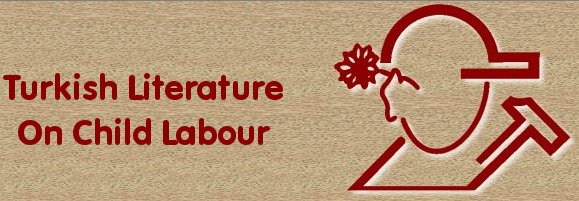Türkmen, A.E.(1993); “Nutrition of Working Children Ages 12-18”, Çalışma Ortamı Magazine May, Issue No. 8, p. 61-63
Türkmen, A.E.(1993); “Nutrition of Working Children Ages 12-18”, Çalışma Ortamı Magazine May, Issue No. 8, p. 61-63.
Number of Works Cited: –
Scope:
The period of adolescence and nutrition is discussed and findings of researches made in Antalya and Diyarbakır industrial sites are mentioned. Nutritional states of adolscencents are taken as a subject.
An Excerpt from the Article:
Some of the children are secondary school students and some are adolescent workers. The study shows that both groups have nutritional problems. Especially apprentices do not consume enough amount of energy, their animal protein intake is low and they can’t meet their vitamin and mineral needs with the diets they have. These children have these complaints after the end of their schhol day or work hours: headache, dizyness, feeling cold, sweating, attention deficit disorder and etc. The reasons of these problems are insufficient and unsystematic nutrition. (p.61)
Some Key Words:
diet, working children, apprentices, child health, adolescence
